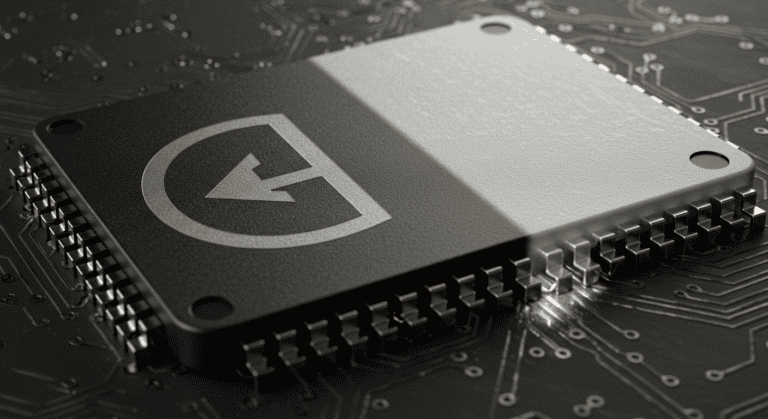- Home
- Who We Are
- What We Do
- Industry Applications
- Circular Economy
- Media
- Information Packs
- Interesting Reads
- What is Robotic Solder Dip (Retinning, Alloy Conversion, Alloy Refresh)?
- Reballing: What Is It And When Do You Need It?
- The Quiet Deadline: How Obsolescence Shapes Modern Production
- Safeguarding the Supply Chain: How Retronix Component Services Provides Solutions for High-Reliability Industries
- Is Your Supply Chain Safe? Combatting the Threat of Counterfeit Electronic Components
- Quality
- Contact
HEATED SOLVENT TEST
Counterfeiters are continually implementing new methods of resurfacing devices that are more resistant to solvents.
A decade ago they would typically sand the surface of a chip to remove any markings, resurface or blacktop the device, and then remark it with a different part number. A standard acetone testing would usually do the trick in revealing all.
Today counterfeiters are much more sophisticated in their techniques. Part markings are removed with acid and then resurfaced with an epoxy-based blacktop coating before new markings are applied. This process is, by design, resistant to a simple acetone test.
As a result, the testing industry has developed heated solvent testing (HST), a more aggressive and effective method of uncovering counterfeit devices. A cotton swab is used to wipe the surface and any evidence of sanding. Removal of the surface or transfer to the cotton swab is indicative of an adulterated device.
Excerpts and source material : ERAI

FURTHER INFORMATION IS AVAILABLE
Our Testing brochure provides further details of our suite of device testing services. Safeguard your supply chains with our counterfeit detection service.
Contact Us For More Information
© 2024
UK: Retronix, North Caldeen Rd, Coatbridge, Scotland, United Kingdom. ML5 4EF / Email: sales@retronix.com / Phone: +44 (0) 1236 433 345
USA: Retronix Global Inc, 1007 S Heatherwilde Blvd, Ste.300, Pflugerville, TX, 78660 / Email: USA@retronix.com
USA: Retronix, 10560 Dr.M.L.K Jr Street North, St.Petersburg, FL, 33716 / Email:USA@retronix.com

